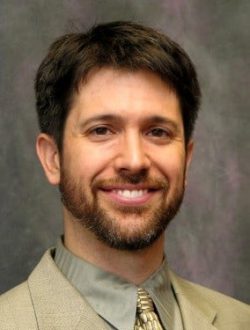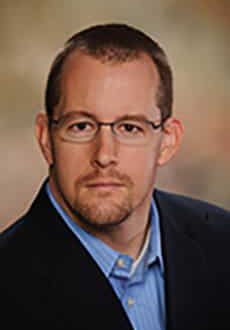Summary
Global observations of clouds and precipitation are essential to improving prediction of severe weather having large impacts on humanity. Severe storms and tropical cyclones have caused more than $720 billion in damage since 1980 in the U.S. alone. To understand processes in clouds that lead to rain, snow and other precipitation, global observations with rapid revisit times are essential. To this end, satellites in geostationary orbit (GEO) have greatly improved weather prediction by providing visible and infrared measurements on the 5-minute time scale. However, to peer inside of and study clouds and the onset of precipitation requires millimeter-wave sensors.
At the same time, the satellite industry has recently experienced the maturation of disruptive technology and manufacturing processes to build and launch U-Class satellites. What are commonly called CubeSats feature rapid development cycles and low-cost launches as secondary payloads on missions of opportunity. Such small satellites provide more than sufficient resources to accommodate millimeter-wave sensors capable of observing precipitation on a global basis. A closely-spaced constellation of such remote sensors of precipitation can observe cloud processes leading to precipitation with revisit times on the order of 5 minutes. An on-orbit technology demonstration for such a mission known as the Temporal Experiment for Storms and Tropical Systems (TEMPEST) is in progress and expected to be ready for launch within one year.
Speakers

Steven C. Reising
Steven C. Reising has been Full Professor in Electrical and Computer Engineering at Colorado State University (CSU) since 2011, where he served as Associate Professor from 2004 to 2011. Prior to joining CSU, he was Assistant Professor at the University of Massachusetts Amherst from 1998 to 2004, when he received tenure. Dr. Reising received the Ph.D. degree in electrical engineering from Stanford University in 1998, where he was supported by a NASA Earth Systems Science Fellowship. Dr. Reising’s research interests span a broad range of disciplines, including microwave remote sensing of the Earth’s atmosphere and oceans, Earth Science measurements from nanosatellites and CubeSats, passive remote sensing systems from microwave to sub-millimeter-wave frequencies (18-670 GHz), and low-noise monolithic microwave integrated circuit (MMIC) design and packaging. He has been Principal Investigator of 14 grants over the past 15 years from NASA, National Science Foundation (NSF), Department of Defense, Office of Naval Research, Naval Research Laboratory, NPOESS Integrated Program Office, Ball Aerospace & Technologies Corp., and the European Space Agency. Dr. Reising recently received the 2015 George T. Abell Outstanding Research Faculty Award from the College of Engineering at CSU.

Dr. Michael C. Hamilton is an Associate Professor in the Electrical and Computer Engineering Department at Auburn University and the Assistant Director of the Alabama Microelectronics Science and Technology Center.